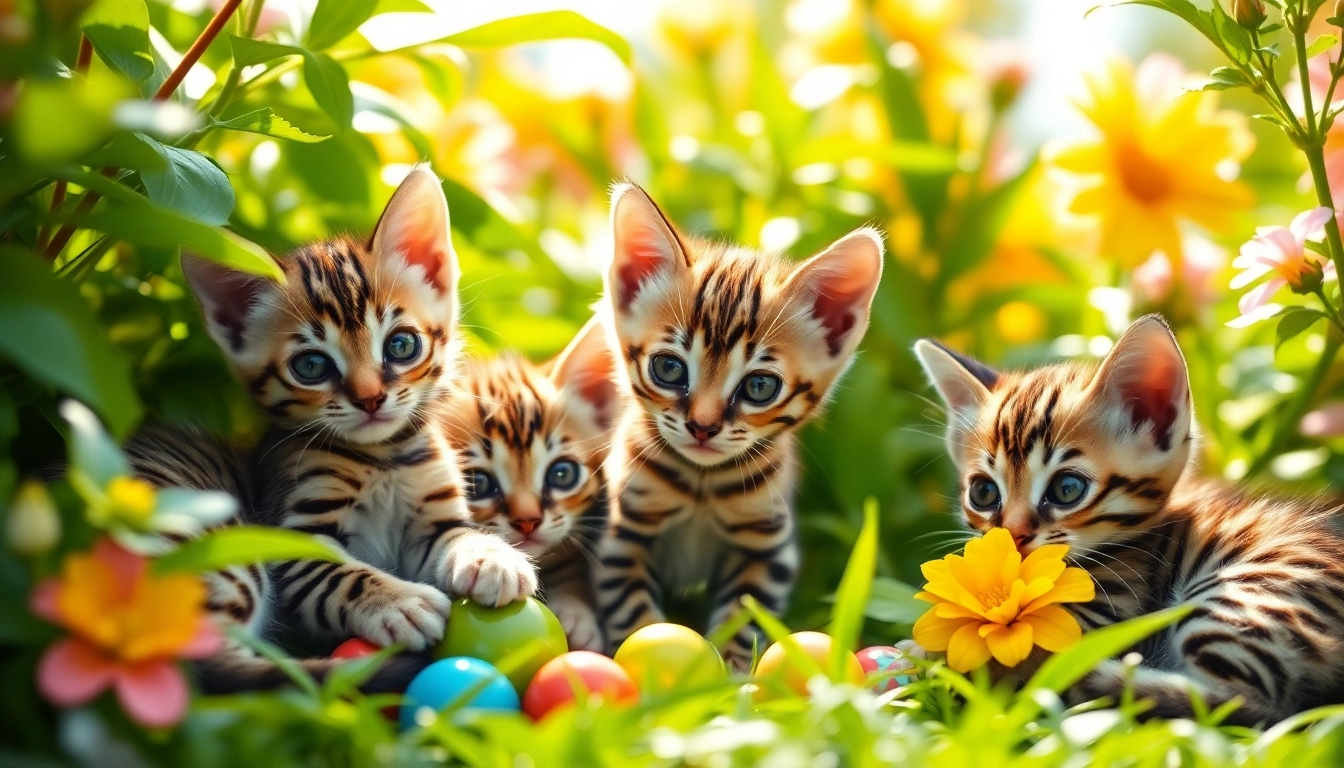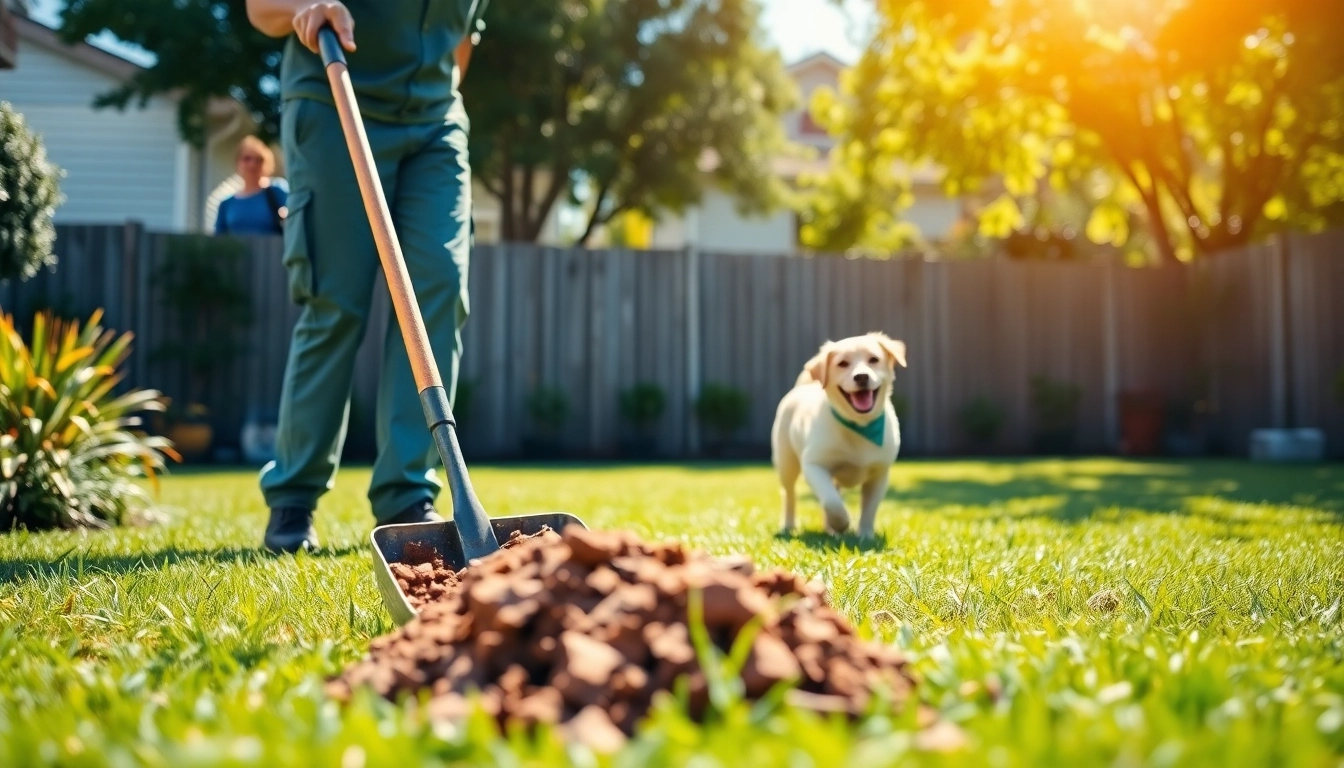Understanding the Bengal Cat Breed
The Bengal cat excels as a treasured companion for those who appreciate both beauty and energy in a feline. With their striking coat patterns and playful demeanor, they’re more than just pets; they are engaging members of the family. In Orange County, the demand for Bengal cats, especially from reputable breeders, is on the rise, leading prospective buyers to seek out Bengal breeders Orange County for quality kittens. To better appreciate these cats, it’s essential to delve into their history, unique characteristics, and what contributes to their enchanting personalities.
History and Origins of Bengal Cats
The Bengal cat’s lineage traces back to the late 20th century, where an adventurous crossing occurred between domestic cats and the Asian leopard cat, making their origin particularly fascinating. This hybrid breed came into existence in the 1970s when breeders sought to capture the exotic look of wild cats with the gentle temperament of domestic cats. Jean S. Mill, the first recognized breeder of Bengals, played a pivotal role in this process, ensuring that the breed complied with ethical standards and health regulations. As a result, Bengal cats today possess a unique blend of sophistication and wild charm, enchanting cat lovers across the globe.
Physical Characteristics of Bengals
Bengal cats are distinguished by their sleek, athletic build and striking coat patterns. Their fur is incredibly soft and dense, closely resembling that of a wild leopard. Kimono, marbling, or spotting patterns grace their coats in varying shades of gold, silver, and brown. This incredible diversity not only appeals to aesthetics but also adds to their allure as pets. The typical Bengal has a broad head, large ears, and piercing green or gold eyes, all contributing to their dramatic appearance.
Behavioral Traits and Temperament
Bengal cats are known for their energetic and playful behavior. They often display a dog-like loyalty to their owners, forming strong bonds that enhance their companionship. With their agility and intelligence, Bengals require ample mental and physical stimulation to stay healthy and happy. Regular playtime with toys, or interactive games, is essential in preventing boredom-related behaviors. Their strong instincts and curiosity often lead them to engage in climbing and exploration, so a multi-level cat tree is advantageous in providing them with their ideal play environment.
Choosing the Right Bengal Breeder in Orange County
Finding a reputable Bengal breeder is critical for ensuring the health and temperament of your future kitten. With numerous breeders in Orange County, potential cat owners need to know what sets apart a trustworthy breeder from those who may prioritize profit over the well-being of the animals. Below are essential factors to consider when searching for a Bengal breeder.
What to Look for in a Reputable Breeder
Reputable breeders typically provide a clean and safe environment where kittens are raised socialized properly. Look for breeders who are members of recognized cat associations, such as The International Cat Association (TICA) or the Cat Fanciers’ Association (CFA). They should be transparent regarding their breeding practices, kitten health, and any certifications or registrations. Additionally, good breeders maintain a strong commitment to improving the breed while adhering to ethical practices.
Questions to Ask a Bengal Breeder
- Can you share information about the kitten’s lineage and pedigree?
- What health certifications and genetic testing have been performed?
- Can I meet the kitten’s parents to assess their temperament?
- What is the socialization process for the kittens before adoption?
- Do you provide any health guarantees or support post-adoption?
By asking pertinent questions, you can gauge the knowledge and care of the breeder, while also ensuring that they have your best interest and that of the kittens at heart.
Importance of Health Certifications and Registrations
Health certifications are vital indicators of a breeder’s commitment to animal welfare. Ensure that the breeder conducts relevant health screenings for common issues among Bengals, such as Hypertrophic Cardiomyopathy (HCM) and other hereditary conditions. Registration with a recognized body like TICA not only confirms the breeder’s legitimacy but also signifies that they adhere to specific breeding standards designed to promote the health and quality of the Bengal breed.
Evaluating Available Kittens from Top Bengal Breeders
Once you’ve made contact with breeders and identified some adorable kittens, it’s time to evaluate your prospective furry friend. This evaluation is crucial in determining which kitten will best fit your lifestyle and home environment.
Understanding Cat Pedigree and Lineage
Understanding a kitten’s pedigree can significantly influence your decision. Generally, a strong pedigree reflects the quality and overall health of the kitten, often indicating higher predictability in temperament and physical appearance. Take the time to inquire about the lineage to better understand the origins and any potential issues that may arise genetically. A reputable breeder will gladly provide this information and discuss any health tests performed in the lineage.
Identifying Healthy Kittens
When assessing the health of Bengal kittens, pay attention to basic signs of well-being. Healthy kittens should have bright eyes, a clean nose, and a shiny coat. They should be playful and active during interactions. Moreover, inquire about the vaccination status and deworming treatments, as these processes are critical for the initial stages of a kitten’s health journey. Be wary of any kitten that seems lethargic or unwell, as these can lead to larger health concerns down the line.
Assessing Kittens’ Temperament and Behavior
Understanding the temperament of the kittens is essential for ensuring a suitable match for your home. Spend time observing the kittens during interactions and note their responses. Bengals are typically known to be social and curious, so their reactions can often indicate how they’ll adapt in a new environment. Look for kittens that exhibit a balance of playfulness and a calm demeanor, as this can be a good sign of a well-adjusted future pet.
The Cost of Owning a Bengal Cat
Owning a Bengal cat involves more than just the initial purchase price; potential cat owners must consider ongoing costs and responsibilities as well. Understanding these financial aspects is key to being a responsible pet owner.
Initial Purchase Price Insights
The price of a Bengal kitten can vary significantly based on factors such as pedigree, breeder reputation, and geographical location. In Orange County, it’s typical to see prices range from $1,500 to $3,000 or more for show-quality kittens. Keep in mind that while it might be tempting to go for the cheapest option, investing in a quality breeder often leads to healthier and more stable pets, mitigating future costs related to health issues.
Ongoing Care and Maintenance Expenses
Bengals require a commitment to ongoing care that goes beyond the initial purchase. Monthly expenses can include high-quality food, routine veterinary care, grooming supplies, and litter. Supplies such as scratching posts, toys, and climbing structures should also factor into your budget, as providing an enriching environment is essential for their well-being. Potential costs can average around $100 to $200 per month, depending on your choices and the specific needs of your cat.
Insurance and Health Considerations
Investing in pet insurance can significantly reduce the financial burden of unexpected health issues. Many providers offer varying plans tailored to cover common Bengal health concerns. Essentially, pet insurance acts as a safety net that can save owners from significant out-of-pocket expenses for treatments and severe medical conditions, such as surgery for hyaluronic acid deficiency. Thorough research into different plans can provide peace of mind and ensure that you’re prepared for any potential health concerns.
Building a Lasting Relationship with Your Bengal
Bringing a Bengal cat into your home is just the beginning of a long-term partnership that requires dedication and understanding. Establishing a solid foundation early can lead to a fulfilling relationship as your pet grows.
Training Techniques for Bengals
Training Bengals can be a rewarding experience, as they are highly intelligent and eager to please. Start with simple commands, using positive reinforcement techniques such as treats and praise to encourage desired behaviors. Train your Bengal to respond to commands, use the litter box, and engage in interactive play—each helping to enhance your bond while providing mental stimulation. Consistency is crucial, and training sessions should be brief but regular to maintain your cat’s attention and enthusiasm.
Integrating Your Bengal into the Family
Integrating a Bengal into your household requires careful thought and preparation, particularly in multi-pet homes. Ensure that you introduce your new feline family member gradually, allowing everyone to acclimate to one another’s presence. Using gradual introductions can help alleviate any stress or territorial issues the existing pets may feel. Additionally, providing personal space, toys, and quiet areas for both your new and existing pets will facilitate a smoother transition and promote harmony.
Common Health Issues and Preventive Care
Bengals, like all breeds, can be susceptible to certain health issues, including but not limited to HCM, hip dysplasia, and progressive retinal atrophy. Regular veterinary check-ups and proactive health monitoring are essential in catching issues early. Additionally, promoting a healthy diet, exercise regimen, and vaccinations can aid in preventing health-related complications. Establishing a relationship with a trusted veterinarian who is knowledgeable about the breed will ensure your Bengal receives holistic health care tailored to their needs.



